Updated: 24 March 2020
The conflict in Yemen shows no real signs of abating as it enters its sixth year, and civilians from across the country and generations continue to bear the brunt of military hostilities and unlawful practices of state and non-state armed groups alike.
Gross human rights violations, including what could amount to war crimes, are being committed throughout the country. By the end of 2019, it is estimated that over 233,000 Yemenis would have been killed as a result of fighting and the humanitarian crisis. Meanwhile, the Office of the UN High Commissioner for Human Rights has documented more than 20,000 civilians killed and injured by the fighting since March 2015. A man-made humanitarian crisis has spiralled with approximately 16 million people waking up hungry every day.
A spiralling conflict
The 2011 popular uprising that erupted in Yemen forced then President Ali Abdullah Saleh out of power after 33 years of rule, against accusations of corruption and failed governance, and the backdrop of an unresolved, long-standing conflict with the Huthis, an armed group based in the north of the country, whose members follow Zaidism, an off-shoot of Shi’a Islam.
Saleh was replaced by his deputy, Abd Rabbu Mansour Hadi, setting the stage for the National Dialogue Conference (NDC). After two years of consultations, the NDC presented a blueprint for a new federal map that partitioned Yemen into regions without considering socio-economic or regional grievances. The map received minimal popular support and was staunchly opposed by different factions, including the Huthis.
The Huthis then capitalized on popular discontent and consolidated their control over the governorate of Sa’da and neighbouring areas in the northern parts of Yemen. In September 2014, the Huthis managed to extend their territorial control, taking over a number of army and security positions in the capital Sana’a – facilitated to a certain extent by the newly forged alliance of convenience with former President Saleh, against whom they had fought for decades. Following the Huthis’ takeover of Sana’a in early 2015, President Hadi and the members of his government were forced to flee.
By 25 March 2015, a Coalition of states led by Saudi Arabia and the United Arab Emirates (UAE) intervened at the request of President Hadi, with the aim of restoring the internationally recognized government to power.
This marked the beginning of a full-blown armed conflict as the Coalition launched an aerial bombing campaign against Huthi forces. Over the following five years, the conflict spread to engulf the entire country and saw a proliferation in the parties to the conflict, including a number of Coalition-backed armed groups. The UAE for instance, even though it stated it had withdrawn from Yemen in October 2019, has been actively training, funding and arming different armed groups since mid- to late 2015, supporting as such the proliferation of unaccountable militias such as the Security Belt, the Giants and the Elite Forces.
In December 2017, the Huthis further consolidated their control after assassinating their ally and former president Ali Abdullah Saleh, and currently remain in control of most population centres, including Sana’a.
While the UN-backed talks in Sweden that concluded in late 2018 resulted in patchy and fragile ceasefires in Hodeidah throughout 2019, it did not result in prisoner exchanges as originally hoped. However, on 16 February 2020, a detailed prisoner exchange plan was reached between the parties to the conflict on what would be the first official large-scale exchange of conflict-related detainees since 2015.
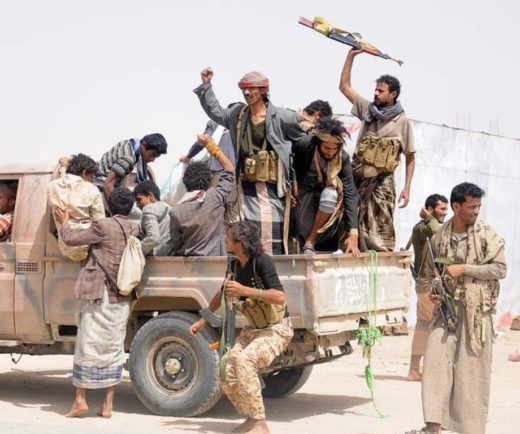
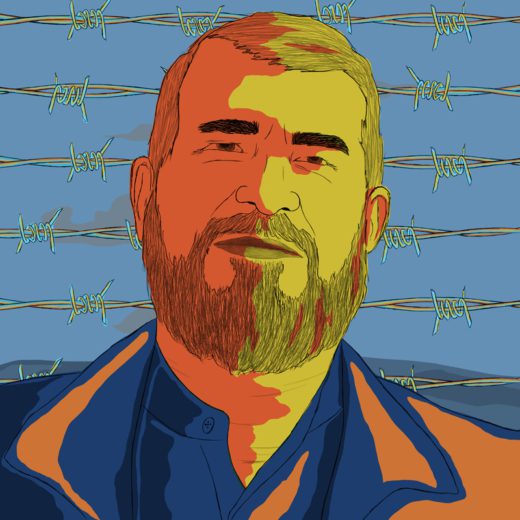
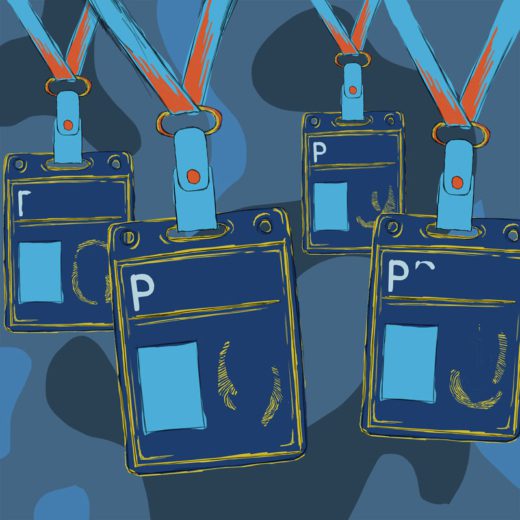
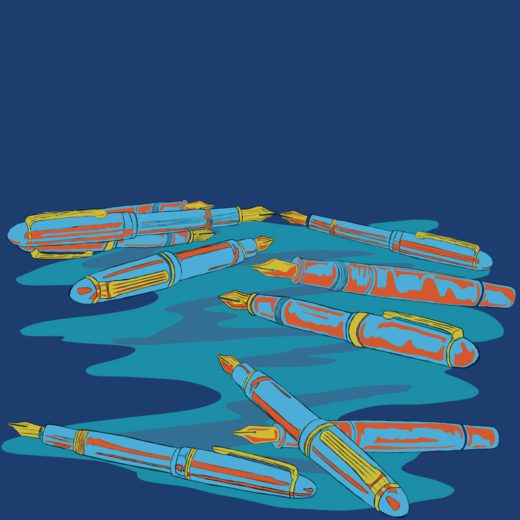
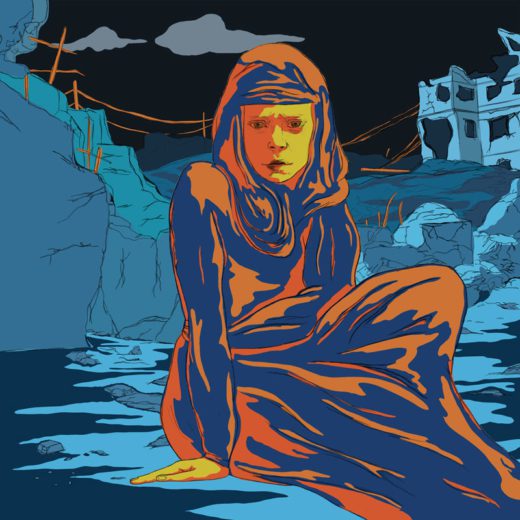
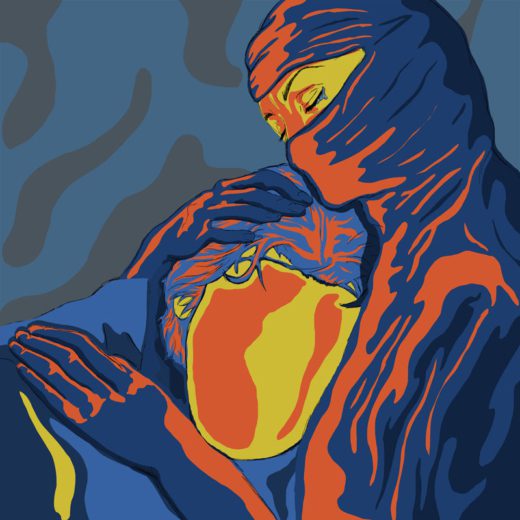
Arbitrary Detentions and Disappearances
All parties to the conflict have been suppressing freedom of expression and association through arbitrary detention, enforced disappearance, harassment, torture and other ill-treatment, and unfair trials.
The internationally recognized Yemeni government has harassed, threatened and arbitrarily detained activists, including human rights activists. UAE-backed forces in southern Yemen conducted a campaign of arbitrary detentions and enforced disappearance of individuals who were being held in a network of secret prisons, in conditions amounting to what would constitute war crimes.
Huthi forces have arbitrarily arrested and detained critics and opponents as well as journalists, human rights activists and members of the Baha’i community. Amnesty International has documented the cases of 66 individuals, the vast majority men, who were brought before the Sana’a-based Specialized Criminal Court (SCC) – a court traditionally reserved for terrorism-related cases – in relation to their peaceful activities. In all the documented cases, the Huthis and their allied forces subjected the individuals to scores of violations, including enforced disappearance, arbitrary detentions and torture and ill-treatment.
Conditions in prisons and detention centres, including mass overcrowding of detention cells, inadequate access to health care, sufficient food, clean water and sanitation, caused COVID-19 to spread in Huthi-run prisons exposing detainees to substantial health risks. All parties failed to take measures to protect detainees and curb the spread of the virus in prisons and detention centers through the provision of masks or other hygiene products.
Below are some of these individuals detained by the Huthi de facto authorities, and whom Amnesty International has been campaigning for:
HAMID HAYDARA
Hamid Haydara is a Yemeni of Baha’i affiliation who, like others in his community, has been made to sacrifice years of his life simply as a result of his religious affiliation. Detained since December 2013, he was subjected to a fundamentally flawed judicial process, that included allegations of him having been tortured and ill-treated in custody. In January 2018 the SCC sentenced him to death.
In March 2020, the Huthi de facto authorities announced the decision to release Hamid Haydara and revoke the death sentence. He was released on 5 July 2020 but was forced into exile.
Hamid Haydara, Baha’i prisoner of conscience
THE TEN JOURNALISTS
In the summer of 2015, the Huthis detained a group of 10 journalists, Abdelkhaleq Amran, Hisham Tarmoom, Tawfiq al-Mansouri, Hareth Hamid, Hasan Annab, Akram al-Walidi, Haytham al-Shihab, Hisham al-Yousefi, Essam Balgheeth and Salah al-Qaedi.
They remained without charge or trial since their detention in 2015. They were finally brought to trial before the SCC in December 2019. Over the course of their detention, the men were forcibly disappeared, held in intermittent incommunicado detention and solitary confinement, were deprived of access to medical care and at least three of them were subjected to torture and other ill-treatment.
In April 2020, the SCC ordered the release of six of them, and sentenced to death the remaining four, Akram al-Walidi, Abdelkhaleq Amran, Tawfiq al-Mansouri and Hareth Hamid.
Out of the six journalists acquitted by the SCC, The Huthi de facto authorities released Salah al-Qaedi on 26 April 2020; and the remaining five on 15 October 2020 as part of the prisoner exchange, five and a half months after their acquittal.
YOUSSEF AL-BAWAB
Youssef al-Bawab, a father of five, is a linguistics professor and political figure. He was arbitrarily arrested in October 2016 as he was coming out of his local mosque in Sana’a. Later that night, the Huthis raided his house and confiscated his belongings. It took his relatives three months to locate him and visit him. The circumstances of his arrest, followed by the authorities’ refusal to disclose his fate and whereabouts amount to an enforced disappearance. In April 2017 he was charged with several offences, including assisting the Saudi Arabia and UAE-led coalition with intelligence regarding military objectives and organizing assassinations; most of these charges carry the death penalty. Throughout his detention, proceedings against Youssef al-Bawab were seriously flawed.
On 9 July 2019, the SCC sentenced him and 29 others, mostly academics and political figures, to death on charges of spying for the Saudi Arabia-led coalition, following a grossly unfair trial marred by due process violations. The 30 men, who were all arrested between 2015 and 2016, are in the process of appealing their sentence.
ASMAA AL-OMEISSY
In 2016, Asmaa al-Omeissy, a mother of two, was on her way to Sana’a when the Huthis stopped her at a checkpoint and detained her. She was then subjected to a brutal ordeal that led her to become the first known Yemeni woman on death row on “state-security” charges.
During her detention, she was severely beaten herself, and forced to watch two other detainees hung from the ceiling by their wrists as they were kicked and punched. It was not until May 2017 that she was finally charged and referred to the SCC which usually handles “terrorism” and “state security” cases. While the three men in the same case were released on bail, she remained in custody and on 30 January 2017, the judge sentenced her to death. On 9 July 2019 the judge reversed her death sentence and handed her a 15-year prison sentence instead.
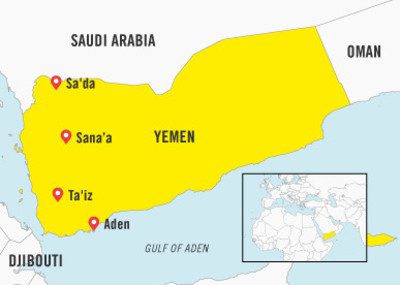
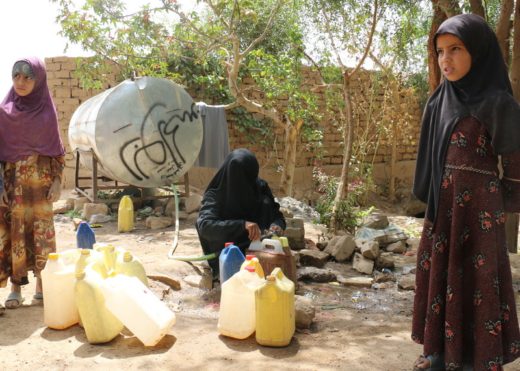
Civilians’ Struggle for Survival
As well as causing the deaths and injuries of thousands of civilians, the parties to the conflict have exacerbated an already severe humanitarian crisis resulting from years of poverty and poor governance causing immense human suffering.
Given the protracted nature of the conflict, the coping mechanisms of the civilian population are exacerbated and stretched thin. Some 24.1 million Yemenis today require humanitarian assistance to survive. According to UNICEF, the conflict has left at least 500,000 public sector workers without salaries for three years, and the organization estimates that 12.24 million children are in need.
The dire economic conditions have worsened the already catastrophic humanitarian crisis in the country. With the inflation of the Yemeni Riyal and the government unable to pay public sector salaries, September 2018 saw a wave of demonstrations spreading across the south of Yemen, with people protesting against corruption and blaming the government for the deterioration of the economy, which has left the vast majority of Yemenis unable to buy basic commodities.
In the intervening time, the on-off battle for Hodeidah that started in late 2017 resulted in hundreds of civilian causalities; the UN reported that nearly a million people fled the governorate during the year. According to people who fled, mined roads, Huthi checkpoints and the hazards along the way meant that, for some, what should be on average a six-hour drive from Hodeidah to Aden became a terrifying ordeal lasting up to three days.
Human toll of the conflict

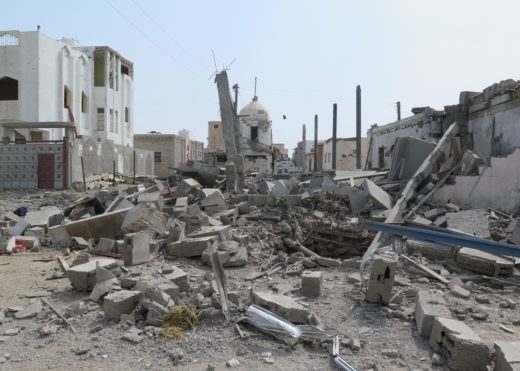

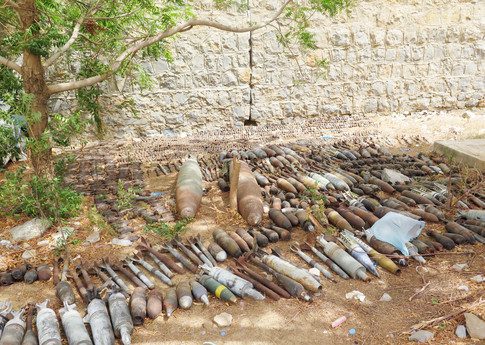
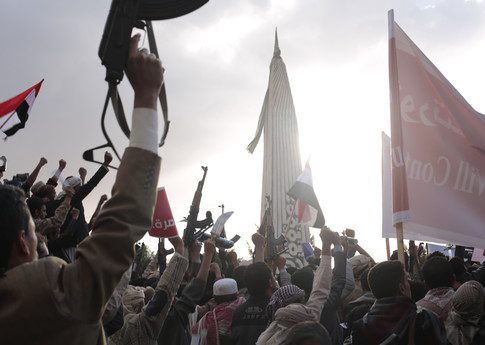
Human rights violations and abuses by all sides
All parties to the conflict in Yemen committed serious violations of international humanitarian law. Huthi forces, which control large parts of the country, indiscriminately shelled residential neighbourhoods in Yemen and launched missiles indiscriminately into Saudi Arabia. The coalition led by Saudi Arabia and the United Arab Emirates (UAE), which supported the internationally recognized Yemeni government, continued to bomb civilian infrastructure and carry out indiscriminate attacks, killing and injuring hundreds of civilians.
Since 2015, the Saudi and UAE-led Coalition carried out scores of indiscriminate and disproportionate air strikes on civilian and civilians’ objects, hitting homes, schools, hospitals, markets, mosques, weddings and funerals. Amnesty International documented 42 coalition air strikes that appear to have violated international humanitarian law, many of which amount to war crimes. These have resulted in 518 civilian deaths and 433 civilian injured.
On 28 June, a precision-guided munition made in the USA was used in a coalition air strike on a residential home in the governorate of Ta’iz, killing six civilians. Among those killed were three children. On 1 September, an air strike on a Huthi-controlled detention facility in the south-western city of Dhamar killed 130 detainees and injured 40 others.
Amnesty International has documented the Coalition’s use of six different types of cluster munitions, including US, UK, Brazilian-manufactured models in Sana’a, Hajjah, Amran and Sa’da governorates.
Imprecise weapons are used on daily basis in residential areas, causing civilian causalities such indiscriminate attack violate the laws of war.
We buried them the same day because they had turned into severed limbs. There were no corpses left to examine. The flesh of this person was mixed with that person. They were wrapped up [with blankets] and taken away.
A family member of victims of an air strike on a home in Warzan, Ta’iz governorate from Hodeidah told Amnesty International in August 2019
Armed groups also stand accused of a variety of human rights abuses, including the use of imprecise weapons in residential areas. Since 2015, Amnesty International has documented the impact of the continuing armed conflict in Ta’iz, including indiscriminate shelling by Huthi forces as well as other militias that have led to hundreds of casualties.
Similarly, in May 2018, Amnesty International interviewed 34 civilians who arrived in Aden after the clashes displaced them from several villages and towns in Hodeidah governorate. They spoke of terrifying mortar attacks, air strikes, landmines and other dangers amid the new Hodeidah offensive. Huthi forces also deliberately militarized hospitals by positioning fighters on the roof of a fully functioning hospital in Hodeidah, placing numerous civilians inside the building in danger.
I also saw a man walking as fast as he could while carrying a bag of his own urine. He was still attached to a urinary catheter while making his escape. The scene will stay with me for the rest of my life. There were many children too. Some parents were carrying their children. I saw 10 or 12 children among everyone else trying to flee.
A medical worker at al-Thawra Hospital
Notwithstanding the military operations, all parties to the conflict have also actively contributed to the humanitarian crisis in Yemen. The Coalition has imposed restrictions on the entry of essential goods and aid such as food, fuel and medical supplies into Yemen, while the Huthi de facto authorities have obstructed the movement of humanitarian aid within the country. These restrictions have adversely impacted Yemeni civilians’ access to basic and necessary services, including food and clean water. They have severely impacted provision of health care, partly as a result of the lack of availability of fuel to run hospitals.
The continued conflict led to a political and security vacuum and the establishment of a safe haven for armed groups and militias, assisted by outside states. An investigation by Amnesty International revealed that children as young as eight years old were raped in the Yemeni city of Ta’iz. The suspected perpetrators, including members of militias backed by the Coalition, are yet to be held to account.
Arms Fuelling the Crisis
Since the outbreak of the conflict, a consortium of states has supplied members of the Saudi Arabia and UAE-led Coalition with more than $15 billion worth of military equipment. While the main recipient has been Saudi Arabia, Western states have also supplied the UAE with more than $3.5 billion worth of warships, combat aircrafts, tanks, armoured vehicles, small arms, light weapons, and associated parts and ammunition.
Despite overwhelming evidence that these arms are being used in war crimes and other serious violations in Yemen, states such as the USA, UK, France and other European countries continue to supply arms to Coalition members, in breach of obligations including the Global Arms Trade Treaty for states parties as well as EU law and domestic laws.
An open source investigation carried out by Amnesty International highlighted the growing danger in Yemen’s conflict as the UAE recklessly arms militias with a range of advanced weapons. The investigation shows how the UAE has become a major conduit for armoured vehicles, mortar systems, rifles, pistols, and machine guns, which are being illicitly diverted to unaccountable militias accused of war crimes and other serious violations.
Only a handful of countries have stopped selling and transferring weapons to Saudi Arabia, the UAE and other Coalition members, including the Netherlands, Norway, Denmark, Finland and Switzerland.
Amnesty International is urging all states to ensure that no party to the conflict in Yemen is supplied – either directly or indirectly – with weapons, munitions, military equipment or technology that could be used in the conflict until they end such serious violations. This also applies to logistical and financial support for such transfers.
WHEN ARMS GO ASTRAY
The deadly new threat of arms diversions to militias in Yemen

